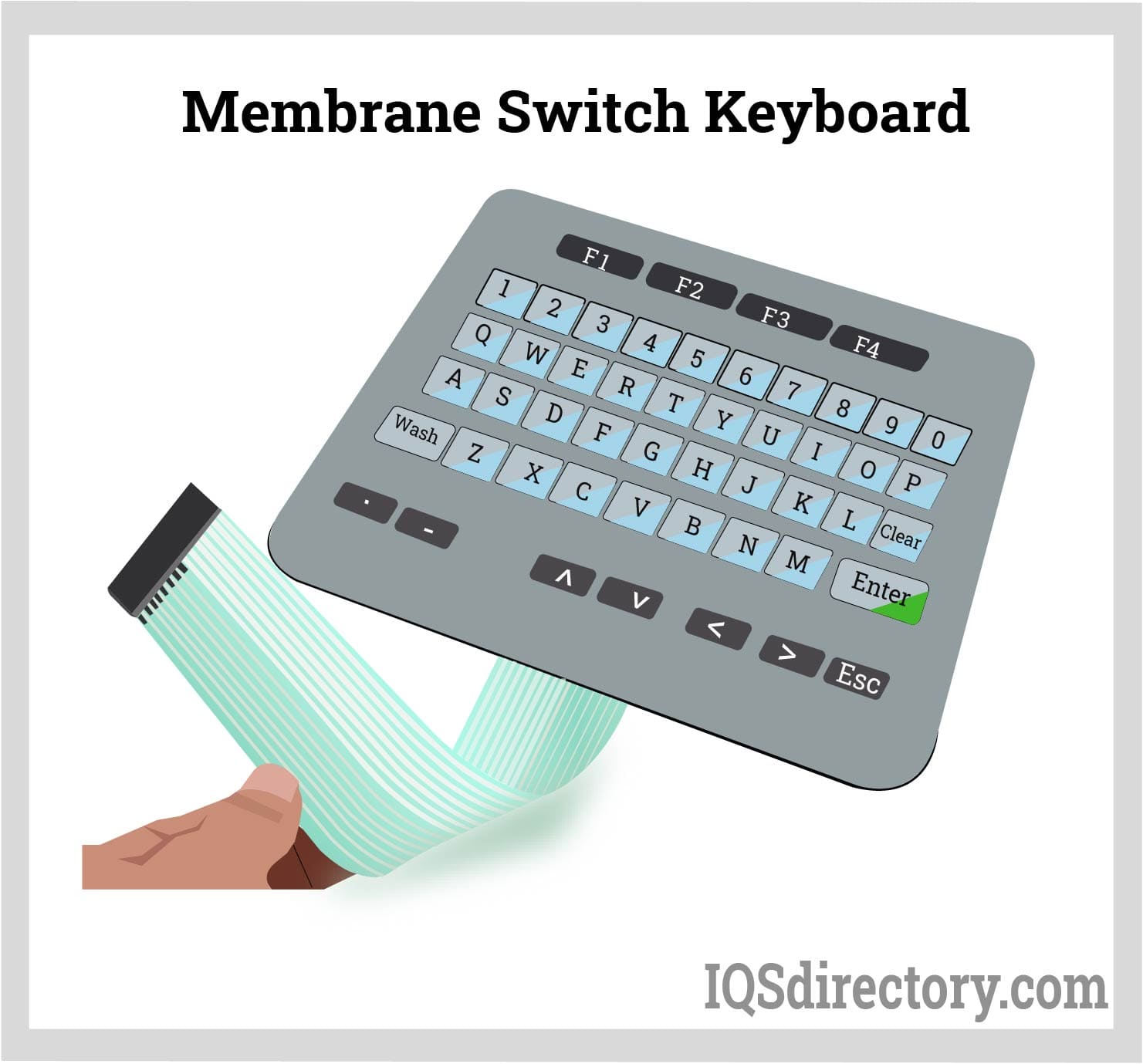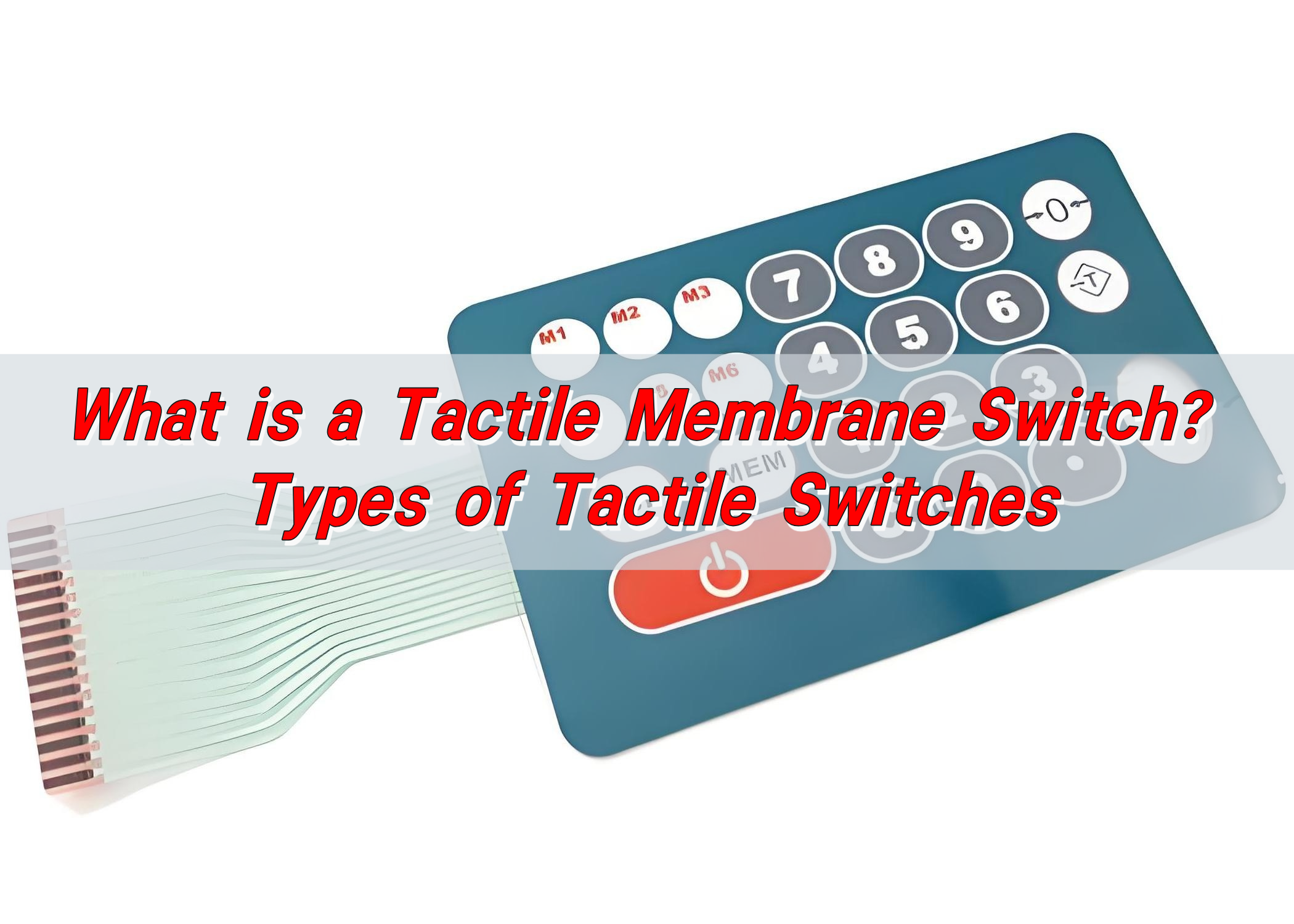Checking out the Uses of Membrane Change in Numerous Industries
Membrane buttons are integral elements across several fields, including customer electronic devices and automobile sectors. Their resilient and light-weight nature enables effective usage in portable devices. In addition, these buttons provide resistance to environmental aspects, boosting their longevity. As markets develop, the demand for adjustable options expands. This raises important concerns regarding the future applications and technologies of membrane layer switch technology. What new possibilities exist in advance for this functional part?
Membrane Layer Switches Over in Consumer Electronics
Membrane switches play an important function in consumer electronics, using an efficient user interface for numerous tools. These buttons are created to be slim and light-weight, making them suitable for modern-day devices where area is at a premium. Their versatility enables integration into varied items, varying from family home appliances to handheld gadgets. The tactile feedback provided by membrane layer switches over improves individual interaction, ensuring a smooth experience.Moreover, membrane layer switches are resistant to moisture and dirt, which is very important for preserving performance in everyday settings. They can be tailored with different graphics and colors, permitting makers to line up with branding requirements. In addition, the cost-effectiveness of membrane layer button modern technology makes it a favored choice for mass-produced electronic devices. As customer demand for streamlined, easy to use devices continues to grow, the significance of membrane layer switches in providing trustworthy, reliable interfaces comes to be significantly obvious, solidifying their location in the electronics industry.
Applications in the Automotive Industry
In the vehicle market, membrane layer switches are made use of to improve both functionality and appearance within automobiles. These switches are frequently integrated right into dashboards, control board, and infomercial systems, offering a modern-day and smooth user interface for passengers and motorists. Their layout permits smooth integration with different products, which contributes to the general aesthetic allure of the car's interior.Furthermore, membrane layer buttons are valued for their sturdiness and resistance to ecological elements such as dirt, temperature level, and moisture changes. This makes them excellent for applications in automotive settings, where dependability is crucial. Additionally, they can be customized with different graphics and designs, enabling suppliers to develop unique branding elements and user experiences.As automobile innovation proceeds to advance, the need for cutting-edge control solutions will likely drive further developments in membrane switch applications, ensuring they remain an essential element in modern car design.
The Role of Membrane Switches in Medical Care
Although often overlooked, the role of membrane layer buttons in health care is important for making certain the reliable procedure of clinical devices and equipment. These switches function as individual interfaces for a range of applications, including analysis makers, client monitoring systems, and medical instruments. Their design permits simple cleaning and sanitation, which is crucial in maintaining health in medical environments.Membrane buttons are likewise known for their durability and resistance to put on, making them suitable for devices that sustain regular use. Their responsive feedback supplies users with a reliable experience, boosting usability for medical care experts. Additionally, membrane buttons can be customized with numerous graphics and layouts, making sure that they satisfy specific demands of various medical applications. On the whole, the combination of membrane layer switches in health care technology not just improves performance yet likewise adds to patient security and functional efficiency within clinical centers.
Aerospace Innovations With Membrane Change Modern Technology


Industrial Automation and Membrane Layer Switch Over Solutions
Membrane switch innovation is progressively locating applications in commercial automation, where reliability and efficiency are critical. These buttons act as indispensable components in various automated systems, helping with individual communications in settings that require effectiveness and durability. Their design enables a seamless integration with control panels and equipment, guaranteeing simplicity of use for operators.In industrial settings, membrane switches can endure extreme conditions, including exposure to dust, moisture, and extreme temperatures. This resilience makes them perfect for applications in manufacturing, logistics, and process control. Additionally, their customizable attributes make it possible for firms to produce tailored services that meet particular operational needs.The tactile comments offered by membrane layer switches improves user experience, lowering the probability of mistakes throughout operation - membrane switch. As industries proceed to advance in the direction of greater automation, the function of membrane switch modern technology is anticipated to broaden, enhancing and driving efficiencies operations in complicated industrial settings

Often Asked Concerns
What Products Are Commonly Used in Membrane Switch Construction?
The products frequently made use of in membrane layer button building and construction include polyester, polycarbonate, adhesive layers, printed graphics, hop over to these guys and conductive inks. These components assure responsiveness, longevity, and adaptability, making them appropriate for different electronic applications in diverse sectors.
Just How Do Membrane Layer Changes Compare to Traditional Buttons in Durability?
Membrane layer changes generally offer premium toughness compared to conventional switches, as they are much less susceptible to mechanical wear and tear. Their secured style protects versus dust and moisture, boosting durability in various applications.
Can Membrane Layer Switches Be Custom-made for Certain Applications?
Membrane buttons can undoubtedly be customized for certain applications. Their design adaptability permits customized shapes, graphics, functionalities, and dimensions, making them suitable for diverse settings and enhancing customer interaction across various digital devices and machinery.
What Are the Ecological Considerations for Membrane Switch Over Disposal?
The ecological factors to consider for membrane layer switch disposal include possible hazards from materials used, reusing possibilities, and adherence to policies. membrane switch. Appropriate disposal approaches are important to lessen eco-friendly effect and advertise sustainability within manufacturing processes
Exactly How Do Membrane Layer Switches Over Influence User Experience in Gadgets?
Membrane layer changes greatly enhance user experience with tactile comments, toughness, and design versatility. Their seamless assimilation right into gadgets fosters intuitive interactions, while their aesthetic allure can boost item discussion, ultimately adding to user complete satisfaction and interaction. The tactile comments supplied by membrane layer switches boosts user interaction, guaranteeing a smooth experience.Moreover, membrane layer buttons are immune to wetness and dirt, which is essential for preserving performance in daily environments. In addition, membrane switches can be tailored with look at this site numerous graphics and layouts, making sure that they satisfy specific needs of various clinical applications. Membrane buttons are additionally immune to dampness and impurities, making sure resilience and long life in numerous cockpit and cabin applications. Membrane layer switch modern technology is progressively locating applications in commercial automation, where reliability and efficiency are extremely important. Membrane switches over usually offer premium resilience compared to traditional switches, as they are less vulnerable to mechanical wear and tear.
Comments on “The future of membrane switch in connected automotive systems”